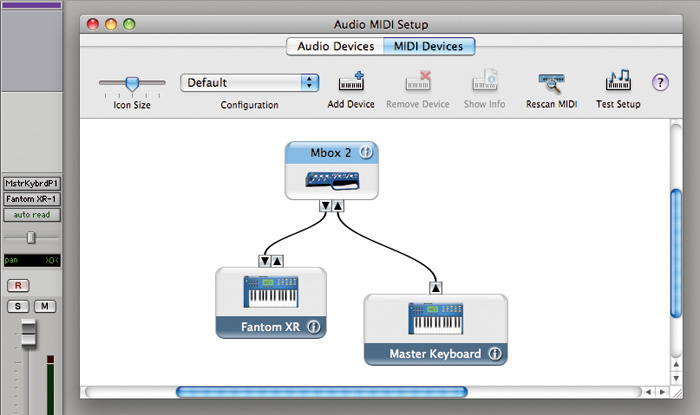Audio MIDI Setup User Guide
Use Audio MIDI Setup to set up audio input and output devices, such as microphones and multichannel audio interfaces. You can also use it to route audio from iOS and iPadOS devices directly into your Mac.
Available settings in Audio MIDI Setup depend on the audio device you’re using. For example, you can adjust the volume for each channel your audio output device has available.
Took the mac mini home, reconnected everything and now get sound through the TV - but I cant control it with the mac mini on-screen controls, nor the volume buttons on the mac blue tooth keyboard. Today, I was watching a movie via itunes, hit pause, and went to do something for a few minutes. Midi Control is the best midi controller for Windows Phone 8.1 and Windows 10. It provides different types of controls to give you full control over your DAW, in the palm of your hand: - 5 X/Y pads - Mixer with pan, mute and solo - 27 sliders - 16 pads - DJ mixer with volume, EQ hi/mid/low, crossfader and Play/Cue switches - Keyboard with velocity sensitivity All controls are customizable to.

Midi Keyboard For Mac
- My goal for this session is to show you the main types of MIDI setups with step-by-step instructions to help you avoid some of the frustration and pitfalls. MAC setup and configuration instructions. Setting up your MIDI instrument(s) using a MIDI interface on a MAC. Setting up your MIDI instrument(s) using a USB port on a MAC.
- Testing to see if a MIDI device is recognized on Mac Open Spotlight by pressing Command + Spacebar, or clicking the magnifying glass in the top right corner of your desktop. Type in Audio MIDI Setup. Hit Enter or select Audio MIDI Setup from the list.
Connect your audio devices to your Mac and, if necessary, install any software included with the devices.
In the Audio MIDI Setup app on your Mac, in the sidebar of the Audio Devices window, select a device.
Note: For iOS and iPadOS devices, first click Enable, then select the device. You may be asked to unlock your device with a passcode or to trust the device.
Control-click the device, or click the Configure Selected Device pop-up menu at the bottom-left of the sidebar, then choose how the device is going to be used:
For sound input: Choose Use This Device for Sound Input.
For sound output: Choose Use This Device for Sound Output.
For playing system sounds: Choose Play Alerts and Sound Effects Through This Device.
On the right side of the Audio Devices window, choose the options available for the device you selected:
In most cases, “Clock source” is set to the default.
Click the Format pop-up menu, then set the sample rate and bit depth. Make sure they match the appropriate settings for your audio device.
If your Mac supports the hardware sample rate converter, the Hardware Rate Converter pop-up menu is available in the Input pane. When you choose Automatic from the pop-up menu, the hardware sample rate converter is turned on if the audio samples coming in are PCM and formatted according to the international standard IEC 60958-3. The hardware sample rate converter is turned off if the input stream is encoded. You can also choose Enable or Disable from the menu, to keep the hardware sample rate converter turned on or off.
If software volume control is available for your device, the Volume sliders appear blue to indicate that they’re active. Drag the sliders to set the volume for each channel.
To set up a surround (multichannel) speaker configuration, click Configure Speakers, then set up the configuration.
